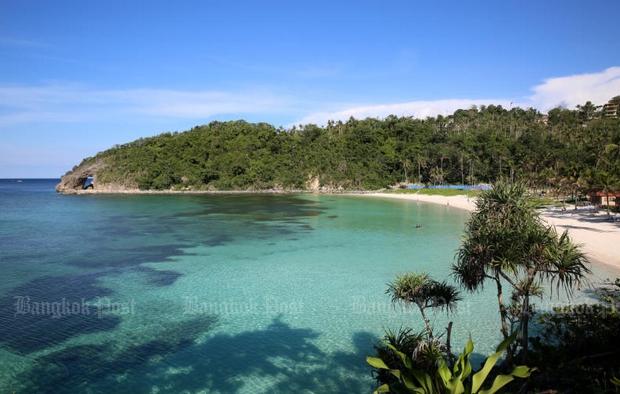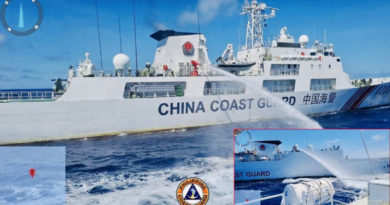OP-ED: EDITORIAL – ‘Paradise Lost’
From being among the world’s best beaches in 2011 and 2012 to being declared a cesspool by no less than President Duterte — what a steep fall for Boracay, whose powder-white beaches and crystal waters have led visitors to dub it “Paradise Found.”
Boracay welcomed some two million tourists in 2017, bringing in at least P56 billion in revenues and generating thousands of jobs for its residents.
But in a speech at a business forum in Davao City last week, Mr. Duterte threatened to close the 1,032-hectare island to tourists if its sewage and garbage problems were not solved within six months.
.
– ADVERTISEMENT: This space is reserve for your Ad, contact aseanews.net now! –
The threat has alarmed sectors of the local business community.
Why close the entire island for the fault of a few erring establishments? a group of resort and restaurant owners asked, adding: Shouldn’t Environment Secretary Roy Cimatu crack the whip only on businesses that violate the law?
But other locals welcomed Mr. Duterte’s hardline stance, saying it would finally rouse officials from their stupor and effect much-needed change.
The fact is that Boracay’s sewage problem has been festering for years, with coliform levels deemed critical in some swimming areas.
In 2015, coliform bacterial levels in Sitio Bulabog on the eastern part of the island reached 47,460 MPN/100 ml, well above the acceptable 100 MPN/100 ml for swimming areas, and 200 MPN/100 ml for noncontact activities in the water.
The green algae coating the water and the foul smell have also been blamed on untreated sewage draining into the sea.
Certainly, greed has played a major part in Boracay’s deterioration, with business owners riding on the tourism boom and abusing the island’s carrying capacity.
Of the 150 business establishments recently inspected by the government, only 25 were connected to the sewage line as a means of cutting operation costs.
.
Also, many establishments have been building too close to the beach and spilling over into the roads, sparking human activities that lead to garbage piles and trash thrown into the sea.
According to a local government website, 293 of the estimated 340 lodging places on the island were found in 2013 to be in violation of the local ordinance requiring buildings to be at least 30 meters from the shore.
Overpopulation has added to the garbage problem as well, with workers from nearby islands swelling the local population of a little over 32,000 to 50,000.
Drastic but sustainable measures are clearly needed to save Boracay, and communities must work with local and national governments in strictly implementing existing laws.
For a start, the relevant authorities can revoke the environmental clearance certificate of business establishments that have no proper sewage systems, and cancel their accreditation.
The local government of Malay can revoke their business permits if they remain noncompliant.
Establishments should also be held responsible for the trash around their property and the pollution of the waters fronting their businesses.
Event organizers and resort owners should be fined heavily for trash generated by their events.
Barangay officials must hold regular beach cleanups to retrieve trash thrown into the waters, and perhaps hold contests and provide incentives for the cleanest beachfront areas and compliant resorts.
Antilittering and antismoking ordinances as well as regular garbage collections must be prioritized, with a continuing information campaign on these issues and village officials going on active patrol to deter would-be violators.
School subjects can include lessons on hygiene, health and sanitation so that children can imbibe these habits early.
A group of environmental planners has proposed a cap on the number of visitors to the island, as more numbers mean more waste generated and more stress on Boracay’s overburdened facilities.
In fact, tourist-heavy sites elsewhere in the world have embarked on this path, such as Santorini in Greece, which is limiting the number of cruise-ship stops to give its locals more space.
Can the number of flights and ferries to Boracay be similarly limited?
What about freezing the development of new hotels, and enforcing a tourist tax that would go toward improving the island’s sewerage system and beefing up its environmental force?
Business owners and local tourists would perhaps howl at these ideas, but what is the alternative?
– By Philippine Daily Inquirer
NOTE : All photographs, news, editorials, opinions, information, data, others have been taken from the Internet ..aseanews.net | [email protected] |
.
For comments, Email to :
D’Equalizer | [email protected] | Contributor.










